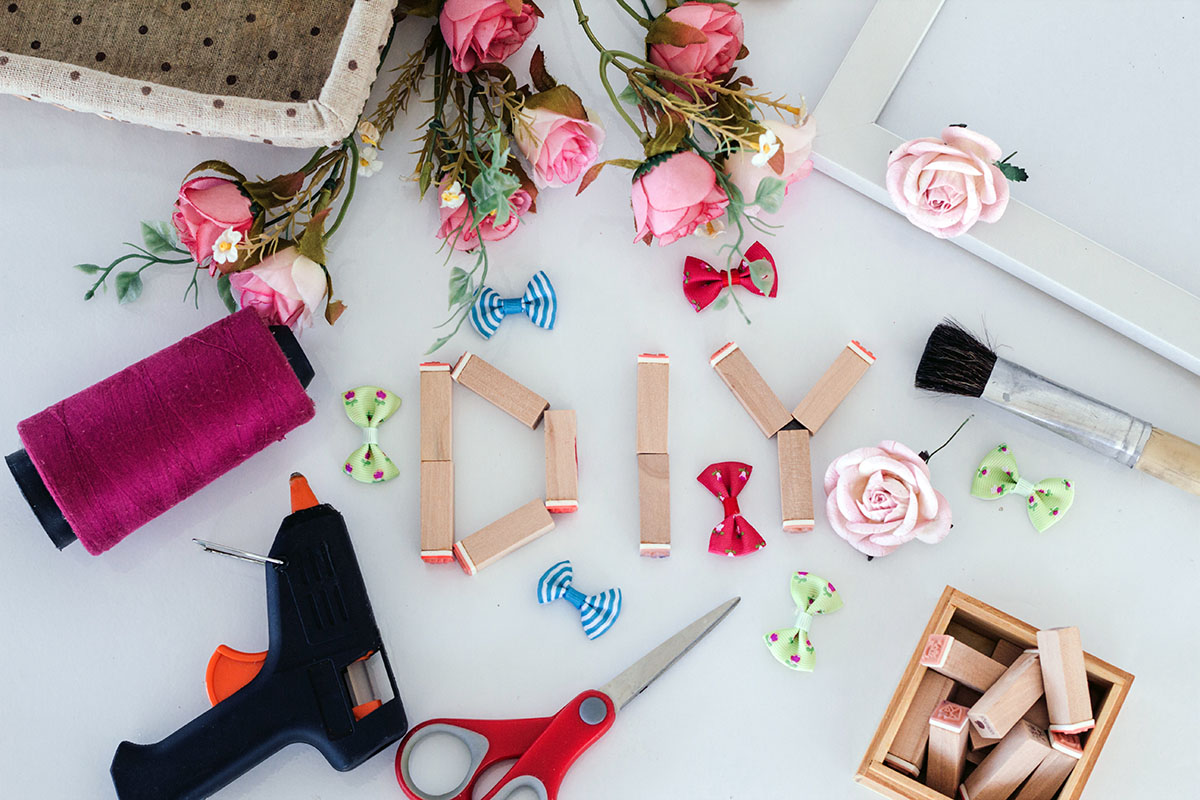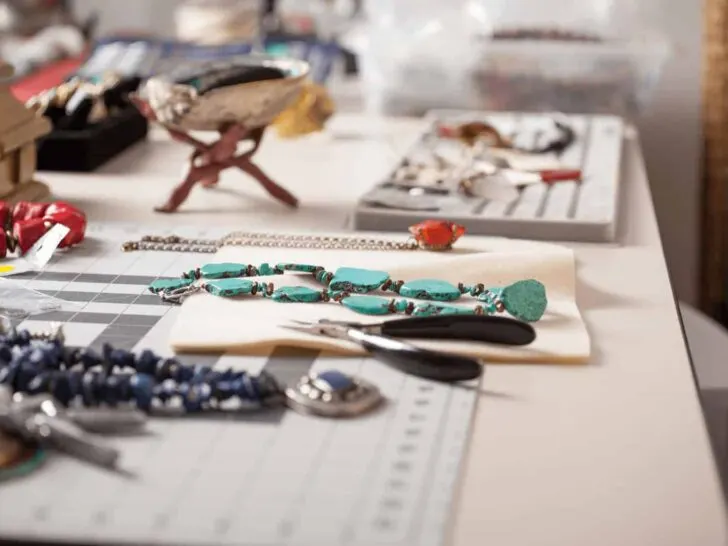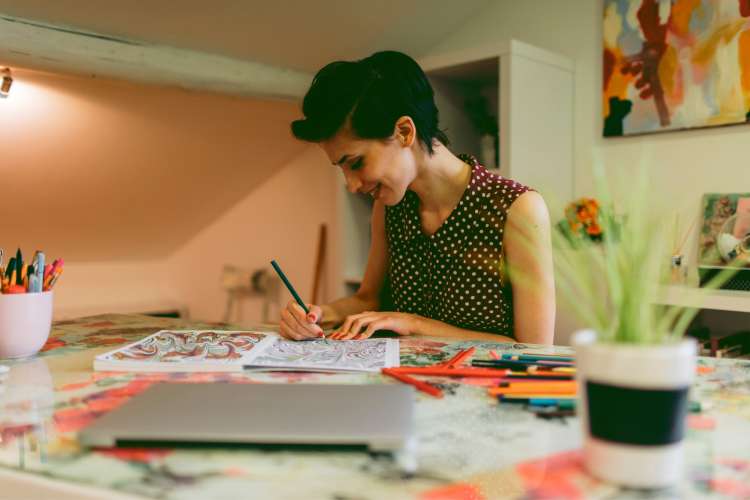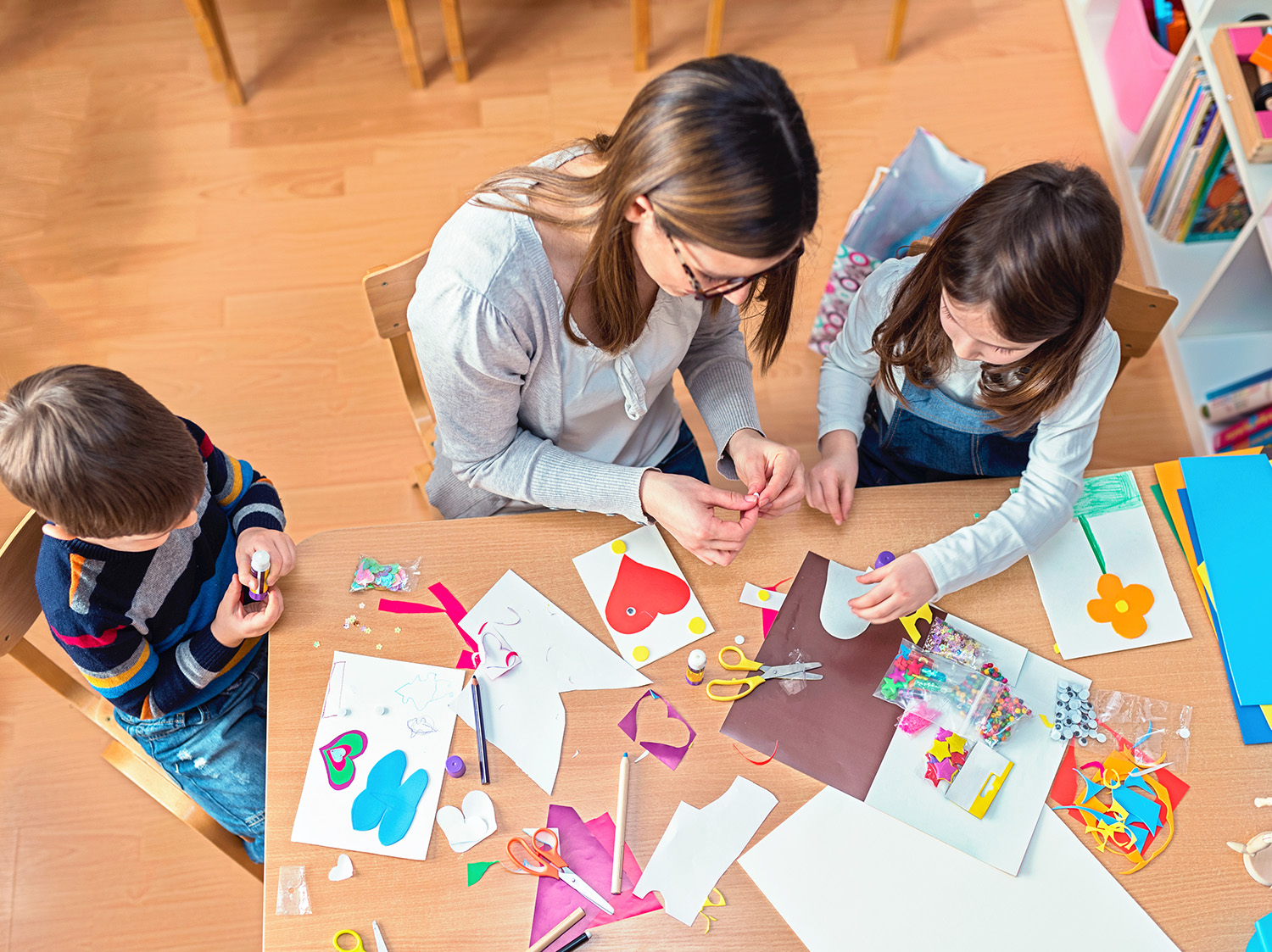Introduction:
Art has the incredible power to inspire, heal, and bring joy to people of all abilities. For seniors with physical or cognitive limitations, adaptive art techniques offer a way to engage in creative expression and experience the benefits of arts and crafts. In this comprehensive guide, we will explore adaptive art techniques that make arts and crafts for seniors. The article is divided into four parts, each containing two levels of content, to provide a comprehensive understanding of the topic and offer a range of adaptive art ideas for seniors.
Part 1: Adaptive Painting Techniques
Level 1: Easy Grip Paintbrushes
Easy grip paintbrushes are specially designed to accommodate seniors with limited dexterity or hand strength. Consider the following ideas:
- Foam Brushes: Replace traditional paintbrushes with foam brushes that have large, soft bristles. These brushes are easy to grip and manipulate, allowing seniors to paint with comfort and control.
- Adaptive Brush Handles: Explore adaptive brush handles with larger, ergonomic grips or built-in straps. These handles provide better control and stability, making painting a more accessible and enjoyable experience for seniors.
Level 2: Finger Painting and Handprint Art
Finger painting and handprint art offer seniors a tactile and engaging way to create art without the need for traditional painting tools. Try these ideas:
- Finger Painting with Various Textures: Provide seniors with different textured materials, such as sand, fabric, or sponges, to add depth and sensory stimulation to their finger paintings. This adaptive technique allows seniors to express themselves through touch and movement.
- Handprint Art Projects: Encourage seniors to create art using handprints or footprints. They can dip their hands or feet in paint and press them onto paper or fabric, creating unique and personal artworks without the need for fine motor control.
Part 2: Adapted Drawing and Sketching
Level 1: Adaptive Drawing Tools
Adaptive drawing tools help seniors with limited hand control or mobility to engage in drawing and sketching activities. Consider the following ideas:
- Large Grip Pencils or Pens: Provide seniors with large grip pencils or pens that are easier to hold and control. These adaptive tools enhance comfort, stability, and precision while drawing.
- Extended Drawing Tools: Explore extended drawing tools, such as pencil or brush holders with long handles, to allow seniors to reach the surface without straining. These tools are particularly useful for individuals with limited range of motion.
Level 2: Stencil and Tracing Techniques
Tracing and stencil techniques provide a way for seniors to create detailed and accurate drawings without the need for freehand skills. Try these ideas:
- Stencil Art: Offer a variety of stencils with different shapes, patterns, or themes. Seniors can trace the stencils onto their artwork, resulting in precise and visually appealing designs.
- Carbon Transfer Paper: Provide seniors with carbon transfer paper to transfer printed designs or photographs onto their drawing surface. They can then trace over the transferred lines, creating detailed and accurate drawings.
Part 3: Adaptive Sculpture and Pottery
Level 1: Modeling Clay and Adaptive Tools
Modeling clay offers seniors a tactile and adaptable medium for sculpture and pottery. Consider the following ideas:
- Air-Dry Clay: Introduce seniors to air-dry clay, which is easy to manipulate and does not require firing in a kiln. This type of clay allows for immediate creation and can be painted or decorated once dry.
- Adaptive Sculpting Tools: Explore adaptive sculpting tools designed for individuals with limited hand strength or mobility. These tools provide better grip and control, allowing seniors to shape and mold clay with ease.
Level 2: Collaborative Clay Projects
Collaborative clay projects provide a way for seniors to engage in social interaction and create together. Try these ideas:
- Community Clay Mural: Collaborate with a group of seniors to create a clay mural on a large piece of wood or canvas. Each participant can contribute their unique clay elements to form a cohesive and visually striking artwork.
- Storytelling Clay Sculptures: Encourage seniors to create clay sculptures that represent characters or scenes from stories or personal narratives. They can then share their stories with others, fostering social connections and meaningful conversations.
Part 4: Adaptive Fiber Arts
Level 1: Adapted Knitting and Crocheting Tools
Adaptive knitting and crocheting tools make these fiber arts accessible for seniors with limited hand dexterity. Consider the following ideas:
- Knitting Looms: Introduce seniors to knitting looms, which require less fine motor control. Looms allow for easy knitting of hats, scarves, or blankets, making the process more comfortable and enjoyable.
- Chunky Yarn and Large Hooks: Provide seniors with chunky yarn and large crochet hooks, which require less precision and hand strength. This adaptive approach makes crocheting more accessible and allows seniors to create cozy and beautiful projects.
Level 2: Adaptive Embroidery and Sewing Techniques
Adaptive embroidery and sewing techniques provide opportunities for seniors to engage in textile arts with ease. Try these ideas:
- Embroidery Hoop Assistance: Use a non-slip embroidery hoop or attach a stabilizing device to hold the fabric in place, making it easier for seniors to embroider without excessive hand or finger strain.
- Sewing Machine Adaptations: Explore sewing machines with adaptive features, such as large buttons, adjustable speed control, or automatic threaders. These adaptations help seniors with limited dexterity or visual impairments engage in sewing with greater independence.
Conclusion:
Adaptive art techniques make arts and crafts accessible and enjoyable for seniors with physical or cognitive limitations. By using adaptive tools, exploring tactile mediums, or fostering collaboration, caregivers, family members, and professionals can create inclusive environments that allow seniors to engage in creative expression and experience the numerous benefits of artistic activities. Let us embrace the power of adaptive art techniques, empowering seniors to explore their creativity, build connections, and find joy and fulfillment through accessible arts and crafts. Adaptive art techniques not only provide seniors with the means to engage in creative expression, but they also promote a sense of empowerment, independence, and a renewed appreciation for the beauty and joy that art can bring into their lives. Adaptive art techniques not only provide seniors with the opportunity to engage in creative expression but also promote a sense of empowerment, independence, and inclusion, allowing them to participate fully in the artistic process and connect with others in meaningful ways.




